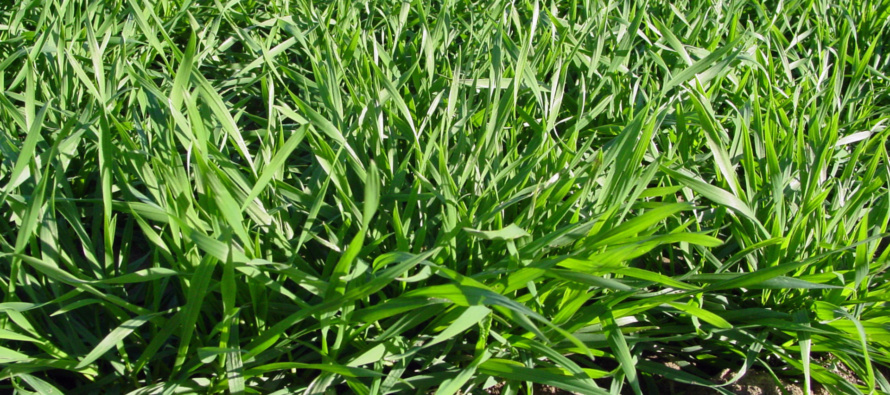Identifying Wheat Growth Stages using the Feekes Scale

Related Articles
- 2010 Soybean And Corn Variety Trial Data 3
- Evaluation of Peanut Prescription Rx Program in Mississippi 0
- Fertilizing Cotton with Poultry Litter 5
Latest Tweets
The Feekes scale is likely the most commonly used system to describe wheat and other small grain’s growth and development stages. Identification and understanding of plant development is important so that you may appropriately time practices in order to optimize crop response. Wheat development can also vary considerably from year to year, so reliance on calendar date is not particularly reliable for management timing
Crop response to many management factors may vary considerably depending on timing relative to wheat growth stage. Those practices which may be influenced include nitrogen fertilizer, herbicide, fungicide, and insecticide applications. Wheat response to freezing temperatures and other environmental stresses can also vary tremendously depending upon growth stage. Wheat flowering begins about 3-5 days after head emergence and can be identified by the emergence of anthers outside the glumes. Developing kernels are evident immediately thereafter.




